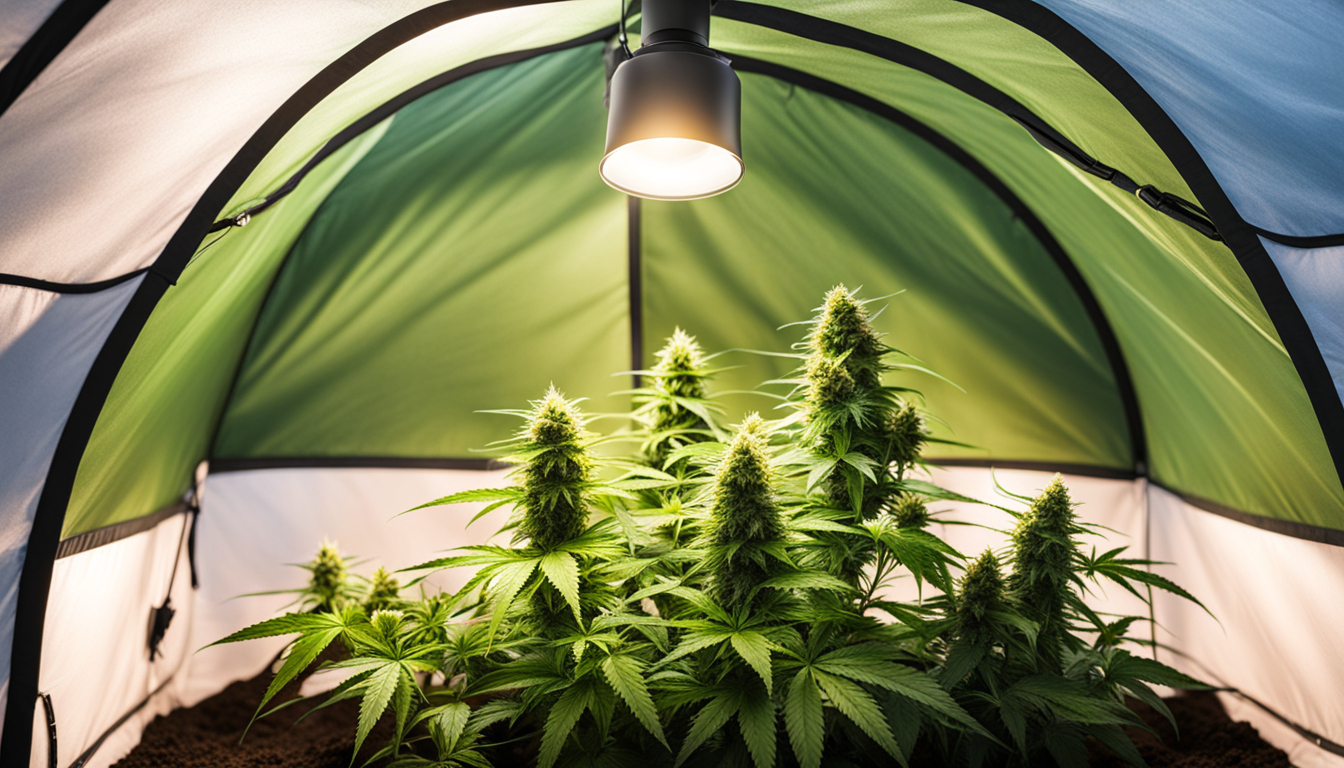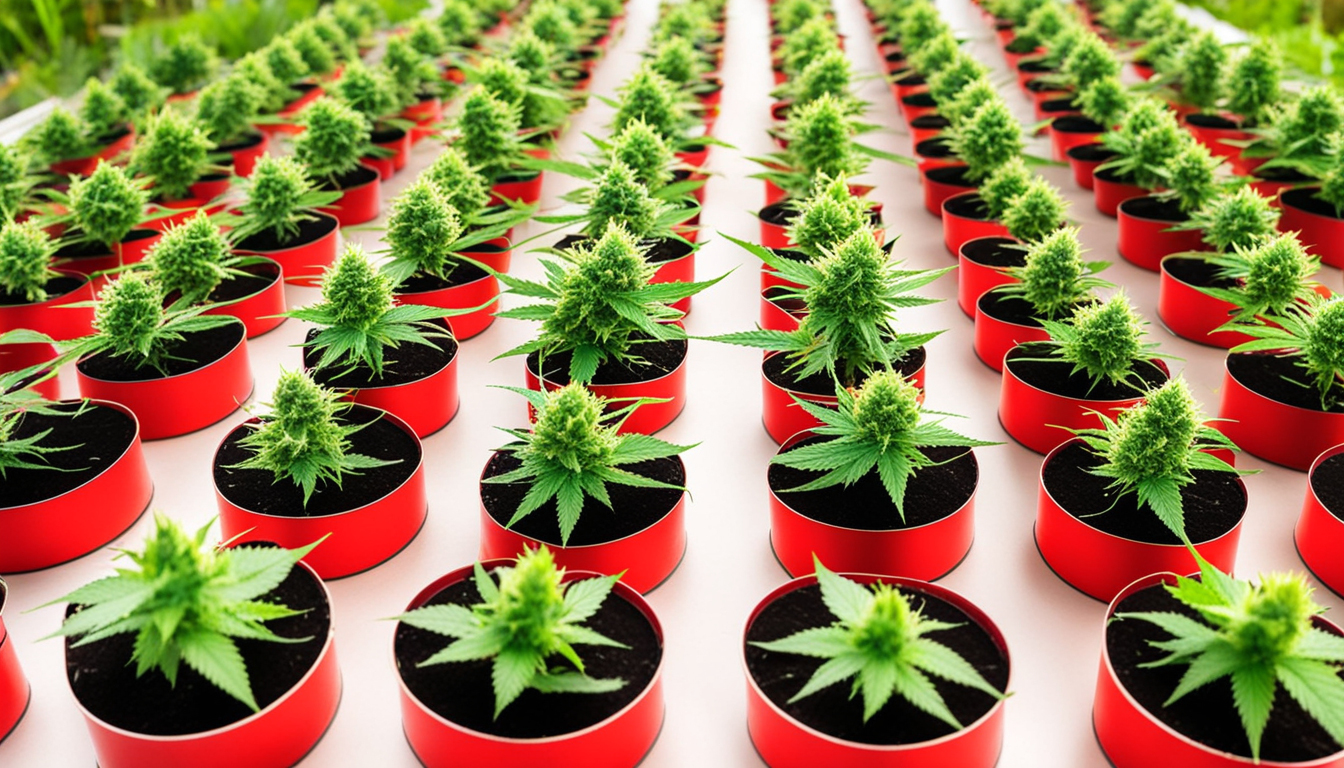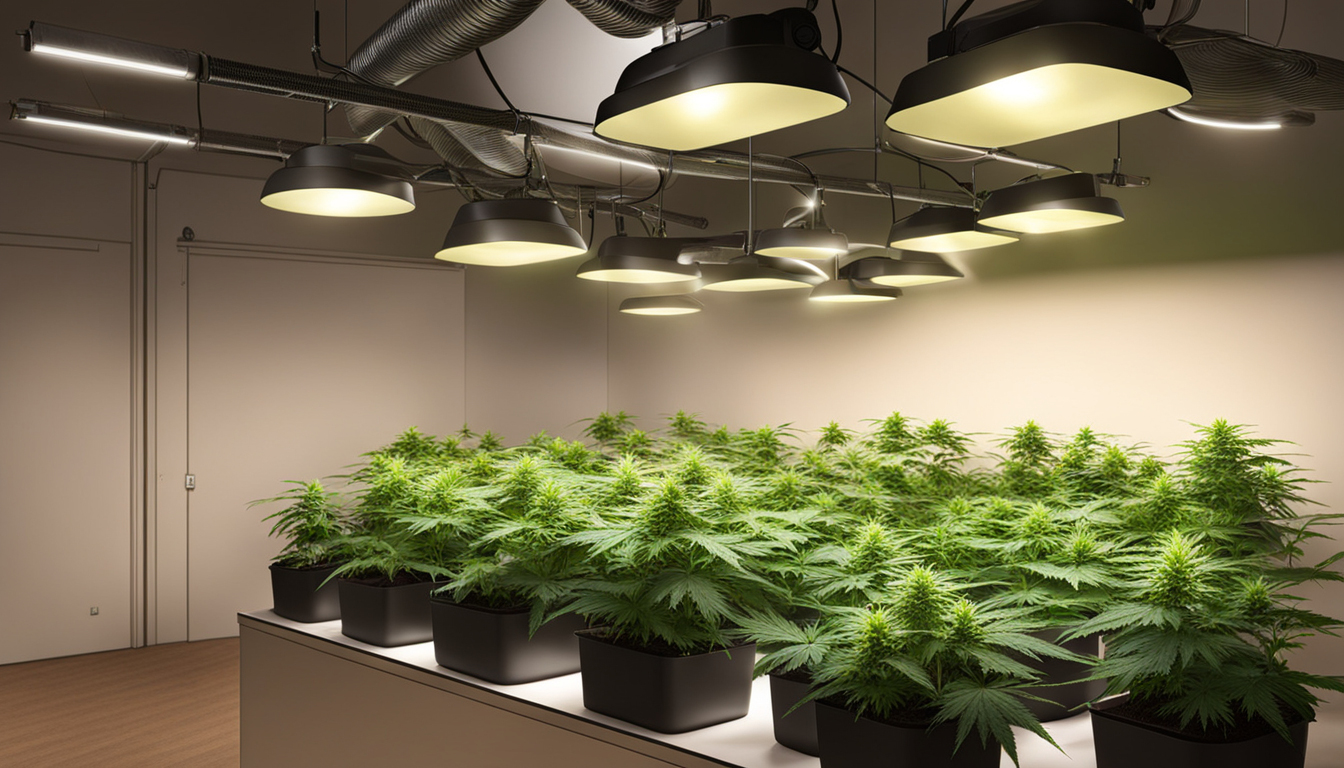
Whether you're new to marijuana production or looking to improve your existing grow, following this complete guide will help you produce large, high-quality yields right at home. With the right equipment, methods, and attention, cultivating cannabis indoors can be an extremely rewarding and cost-effective endeavor.
Choosing Weed Varieties
The first step in planning your indoor crop is choosing the right pot strains to cultivate. The three main types of weed plants each have their own traits.
Energizing strains
Known for their invigorating mental effects, these strains spread tall and slender with narrow leaves. They flourish in tropical tropical climates and have a longer blooming time between 2.5-3 months indoors. Top energizing varieties include Sour Diesel, Durban Poison, and Jack Herer.
Indicas
Indicas provide relaxing full-body effects and grow short and bushy with broad leaves. Adapted to cooler mountain climates, they flower faster within 8-9 weeks. Popular indica strains include Northern Lights, Bubba Kush, and Bubba Kush.
Mixed strains
Mixed varieties mix traits from both energizing strains and relaxing strains. They offer blended effects and have moderate flowering periods around 9-10 weeks. Well-known hybrids are OG Kush, Girl Scout Cookies, and Blue Dream.

Setting Up Your Grow Space
Weed plants need the right controlled environment to flourish. Key factors for indoor cultivations are lighting, airflow, layout, and finding the ideal discreet spot.
Location
Choose an empty space with easy access to water and power outlets. An empty extra bedroom, unused closet, basement corner, or grow tent securely placed in a garage all make great discreet grow room spots.
Lighting
Pot requires powerful light for all growth stages. LED grow lights are efficient and come in broad spectrum options mimicking real outdoor light. Provide 15-25 watts per square foot for the growth stage and 20-40 watts per square foot for bloom.
Ventilation
Proper airflow and exhaust systems keep ideal temp, humidity, and pure CO2 levels. Set up quiet 10-15 cm blowers or carbon filters to circulate old air and eliminate odors.
Layout
Optimize your space by arranging plants strategically under the lamps and leaving room to reach and work around them. Set up distinct zones for vegetation, bloom, drying, and propagation.

Growing Substrates
Cannabis can be cultivated in various mediums, each with pros and cons. Pick a proper option for your particular setup and growing style.
Soil
The classic substrate, soil is inexpensive and easy for new growers. It provides great taste but needs more watering and nutrients to nourish plants. Enrich soil with vermiculite or coco to enhance aeration.
Coco Coir
Made from coir, renewable coco coir holds water but still allows air to the roots. It's cleaner and more consistent than soil. Use coir-specific fertilizers to avoid accumulation.
Water systems
In hydro systems, plant roots develop right in nutrient irrigation solution. This enables rapid development but needs careful monitoring of water properties. Deep water culture and drip systems are popular techniques.
Germinating Seeds
Sprouting prepares your weed seeds to start sprouting radicles. This readies them for planting into their growing medium.
Towel Method
Put seeds between damp paper towels and maintain them damp. Check after 2-7 days for growing radicles indicating germination is complete.
Planting directly
Insert seeds directly into pre-moistened cultivation medium 6mm deep. Gently water and wait 1-2 weeks until seedlings break through the Send a Message surface.
Rockwool Cubes
Soak cubic rockwool starters in balanced water. Insert seeds 1⁄4 inch deep into the cubes. Keep cubes wet until seedlings emerge within 1-14 days.
Repotting Young plants
Once germinated, cannabis seedlings need to be repotted to prevent crowding. Move them into appropriately sized containers.
Preparing Containers
Load final pots with growing medium enriched with time-released fertilizer. Allow containers to soak up water for 8-12 hours before Watch Now repotting.
Gently repotting
Gently separate seedling roots from germination medium using a spade. Put into pre-soaked pot at same depth as before and lightly water in.
Vegetative Stage
The vegetative stage promotes foliage and plant form through 18-24 hours of daily light exposure. This stage usually lasts 4-8 weeks.
Using 3/4 to full day of Lighting
Use lamps on a 24 daily schedule or outdoor light to trigger constant photosynthesis. Light intensity influences size and internodal spacing.
Fertilizing
Use grow stage fertilizers richer in N. Make sure pH remains around 5.8-6.3 for proper nutrient absorption. Feed 1⁄4 to 1⁄2 strength after 2 weeks and increase gradually.
LST and topping
Fimming, LST, and trellising direct shoot shapes for flat canopies. This increases yields.

Bloom Stage
The flowering stage develops buds as plants reveal their sex under a 12 hour cycle schedule. It lasts 8-12 weeks depending on strain.
Switching to 12/12
Change lamps to 12 hours on, 12 hours off or move outside for outdoor 12/12 timing. This signals plants to start blooming.
Flushing
Flushing removes fertilizer residuals to enhance taste. Fertilize lightly the first period then just use plain water the final 2 weeks.
Flushing
Maintain 12 hour photoperiod but flush using pH-balanced water only. Return to clean watering if buds aren't yet mature after two weeks.
Harvesting
Knowing when pot is completely mature delivers peak potency and aroma. Harvest plants at peak maturity.
Identifying Ripeness
Check fading pistils, swelling calyxes, and 5-15% amber trichomes. Check buds across the plant as they won't all mature evenly.
Cutting Plants
Use clean, sharp pruning shears to gently slice each plant at the base. Leave several inches of stem attached.
Drying
Suspend whole plants or branches upside down in a lightless room with Request More Info average temperature and humidity around 45-65% for 1-2 weeks.
Aging
Aging keeps drying while improving the buds like aged spirits. This process mellows harshness and further develops terpene and terpene profiles.
Jars and Humidity
Manicure dried buds from stems and store into glass jars, packing about 75% capacity. Use a hygrometer to monitor container humidity.
Opening jars daily
Open jars for a short time daily to gradually lower moisture. Remoisten buds if humidity goes under 55%.
Final Cure
After 14-21 days when humidity levels off around 55-65%, do a final trim and keep long-term in airtight jars.
Common Problems and Solutions
Even seasoned growers run into different marijuana plant problems. Identify problems early and address them correctly to maintain a vibrant garden.
Nutrient Deficiencies
Yellowing leaves often signify insufficient nitrogen. Anthocyanins and leaves signal phosphorus deficiency. Test pH and increase fertilizers slowly.
Pests
Spider mites, fungus gnats, thrips, and nematodes are frequent weed pests. Use neem oil sprays, predator bugs, and sticky traps for organic control.
Mold
High moisture promotes powdery mildew and root rot. Improve circulation and venting while lowering RH below 50% during bloom.

Summary
With this complete indoor pot cultivation guide, you now have the info to cultivate plentiful strong buds for personal harvests. Apply these techniques and techniques during the germination, vegetative, and bloom stages. Spend in quality gear and closely monitor your plants. In time, you'll be rewarded with sticky aromatic buds you grew yourself under the patient guidance of your green thumbs. Good luck cultivating!